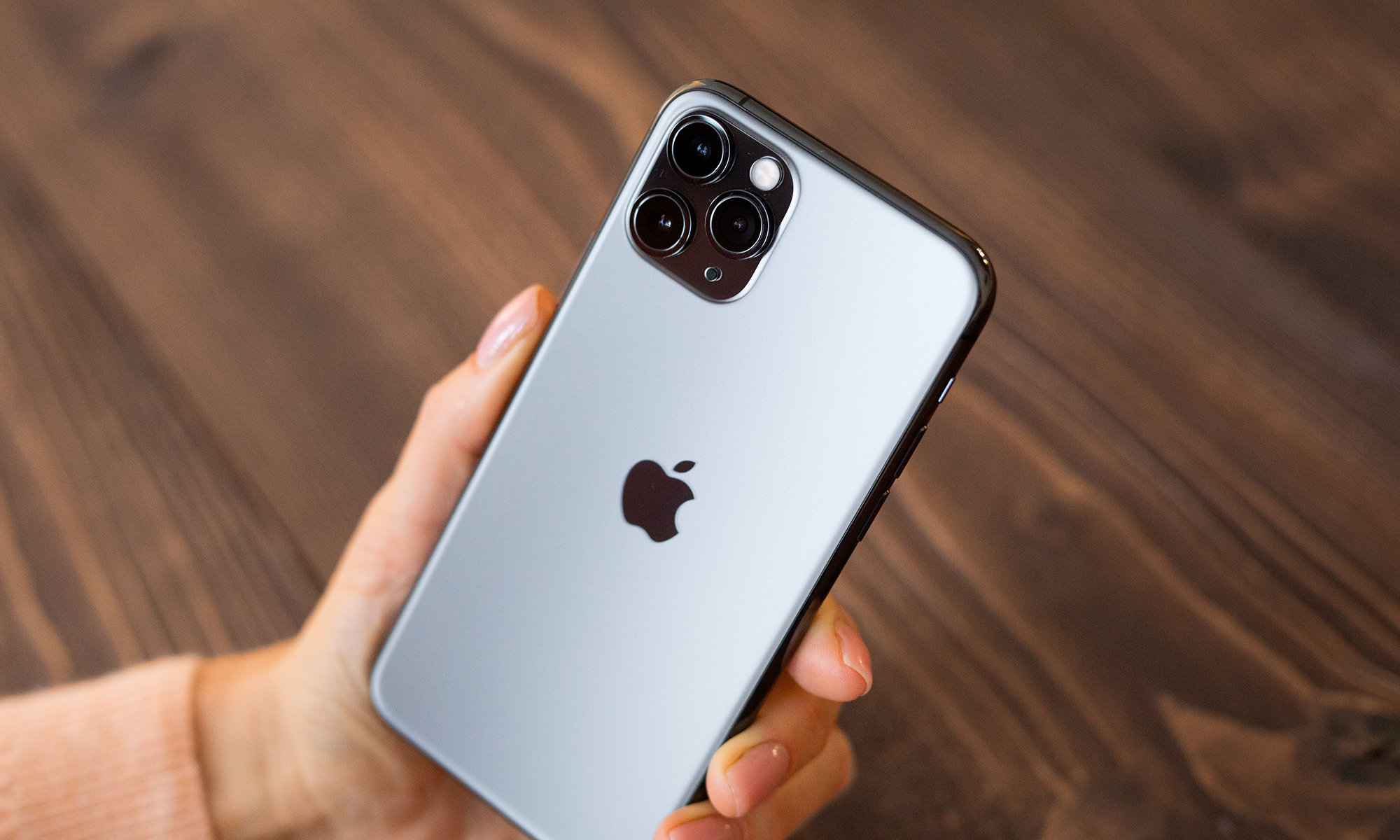The smartphone market is one of the most brutal competitive landscapes known to consumer electronics companies. Fortunes rise and fall all the time, with today's darling being tomorrow's pariah. Just look at how quickly Taiwanese OEM HTC fell from grace, as Samsung roared from behind to leapfrog its fellow Google (GOOG +1.47%) Android vendor.
One reason that the rivalry is so intense is that smartphones face relatively short upgrade cycles compared to other form factors. Consumers tend to buy new smartphones every two years as soon as their eligible for a carrier-subsidized upgrade. In comparison, TV upgrade cycles are upwards of seven years, and the average consumer hangs on to a new PC for about four years.
Carriers rule
There's also another important determining factor when it comes to the smartphone wars though: carrier distribution. Since carriers are a necessary evil and serve as distribution middlemen between consumers and OEMs, their sales efforts are remarkably important with nudging the consumer this way or that way.
Needham & Company analyst Charlie Wolf recently took note of this fact since smartphone market shares can crater with "brutal speed." Wolf believes that carriers have "exceptional influence" on what phones customers choose because their retail stores are the primary distribution point for many smartphone OEMs.
The analyst notes that when carriers decide to "punish or simply ignore a brand," the platform can "rapidly die." Wolf points to BlackBery (BBRY 12.93%) and Nokia (NOK +1.88%) as two prominent examples. BlackBerry 7 unit sales suffered leading up to its BlackBerry 10 launch, while Nokia's transition away from Symbian toward Microsoft Windows Phone has similarly been painful.
Palm is another perfect example of how OEMs can live or die by carrier ambivalence. When Verizon suddenly backed out of Pre exclusivity talks in favor of its Droid campaign, relegating Palm to ink a deal with the much smaller Sprint Nextel, it was a death knell for the turnaround candidate.
In the meantime, Google has offered numerous incentives for carriers and their sales reps to push Android. For example, Google has offered to split fees related with Google Wallet with carriers, while it also offers carrier billing for content purchased from Google Play. Walk into any carrier retail store and you'll inevitably find a slew of Android offerings that overshadow perhaps a single iPhone display.
How does Apple (AAPL +0.17%) stand apart from nearly all of its rival smartphone makers?
A direct advantage
Apple is one of the only smartphone vendors that operates its own retail stores and sells directly to consumers. Most iPhone sales are conducted directly, either through Apple's online store or its retail stores. Consumers simply can't go to a rival's website to buy a smartphone directly -- they're instead pointed to a carrier or third-party retailer website.
The reason why Apple initially decided to open its own retail stores in the first place a decade ago remains the same: it can control the buying experience. At the time, Steve Jobs was tired of Macs being sold through third-party electronics retailers, since the average sales rep wasn't well educated on Apple's value proposition. On top of that, the sales reps might have different incentives to push other brands over Apple.
These days, instead of the big box PC store selling Macs that Apple doesn't want to rely on, it's the carrier retail store selling iPhones. Since Apple has been able to minimize the carrier influence on the overall relationship with a smartphone customer, in part thanks to its broad retail network (approximately 250 stores in the U.S.), it also minimizes its reliance on carrier sales reps that don't have Apple's best interests in mind.
That's another department where other smartphone vendors have little to no hope matching the iPhone maker.











